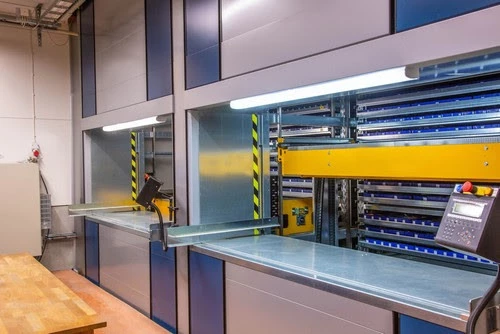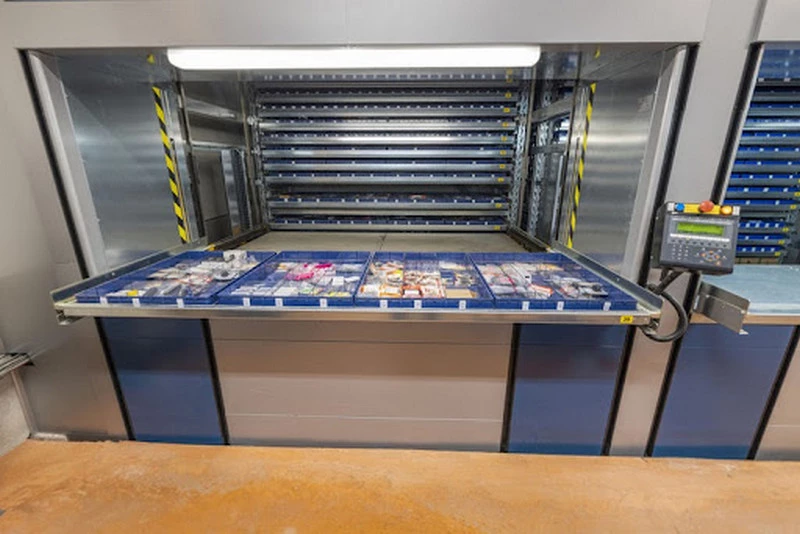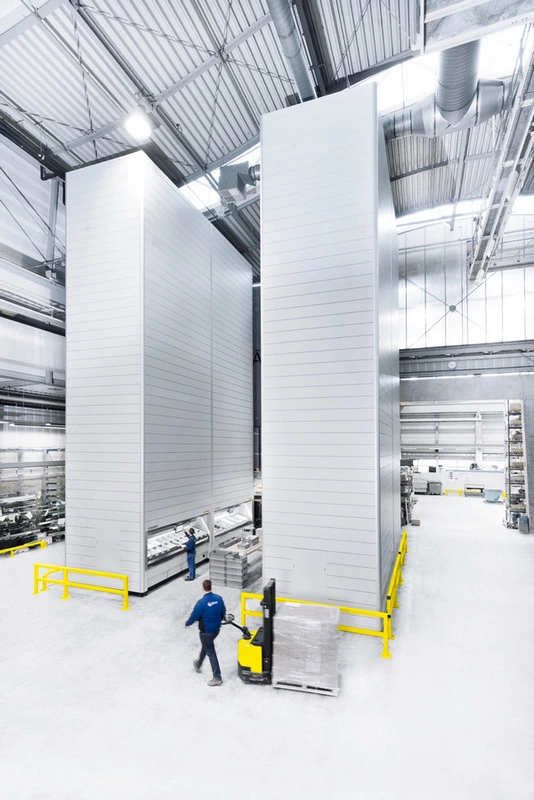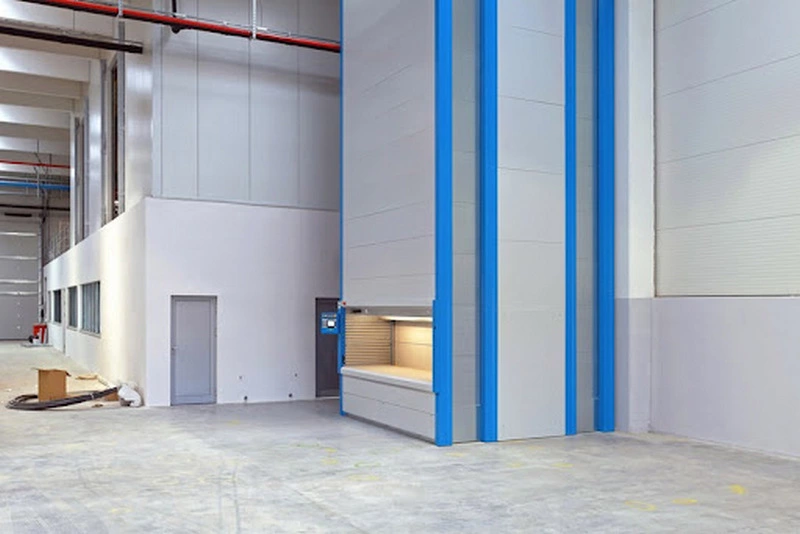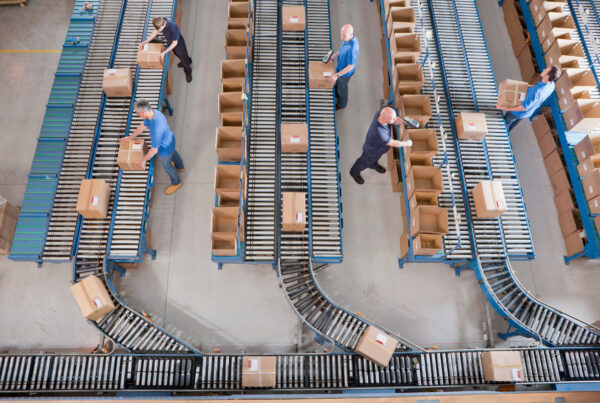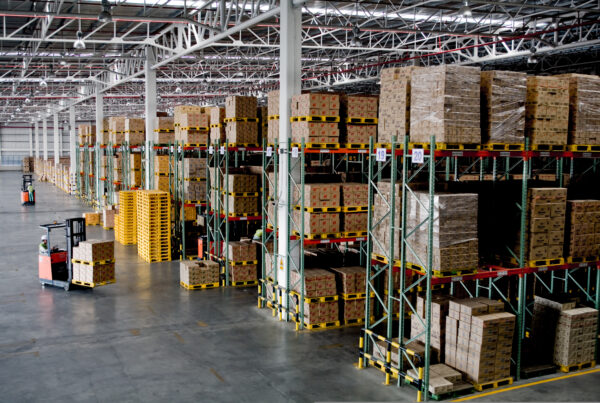Investing in automated systems, regardless of the system you pick, requires a rather large upfront cost. Systems like vertical carousels, vertical lift modules, or other automated systems and robots are all major investments that pay off rather quickly. Nonetheless, this investment should not be approached lightly. In the following article, we’ll give you an in-depth look at two of the most popular, and commonly mistaken for each other, types of material handling options available right now, VLMs (otherwise known as Vertical Lift Modules) and VC, Vertical Storage Carousels.
Why is choosing between vertical storage carousels and vertical lift modules difficult?
The reality is that you might be mistaken in thinking that both systems are identical. Even those that own a vertical storage carousel sometimes erroneously identify it as a Vertical Lift Module. Nonetheless, some rather unique differences really make them stand out from one another.
What is a vertical storage carousel — VC?
The vertical carousel storage system was first introduced in the late 1950s. It was initially envisioned as a small storage delivery platform that would move items across a rotating chain. The system was designed to be simple, quaint, and heavily inspired by the Ferris Wheels found at carnivals. It was initially invented, and still primarily used, for smaller, similar weight items with consistent sizes.
What is a Vertical Lift Module — VLM?
Introduced a couple of years later, the Vertical Lift Module system (VLM) is, to put it bluntly, a vertical storage carousel on overdrive. It’s the same ideal, the same M.O., only much more advanced and complex. It retrieves items without the need to rotate. It uses leading-edge software, is incredibly flexible, admits add-ons, and also has individual trays where items are stored. Inserters and extractors sit in the machine and do all the heavy lifting.
For VLMs, think less like a carousel and more like a vending machine. Nevertheless, because the vertical carousel is its predecessor, most folks seem to mix the two up and refer to the latter – VLM – as vertical storage carousel or VC.
The differences between Vertical Lift Modules and Vertical Storage Carousel — how they stack up against one another.
Speed
Slip back into the past and remember how you used to get on and off a Ferris wheel. How many times did you have to wait for the carts to vacate and the wheel start up again? Well, that’s more or less how warehouse vertical carousels work. To ensure that the loads are evenly distributed and there is no duress on the chain and compartment, the items are placed in one cart and then the system rotates it 180 degrees to load the next set of products. If they were loaded in the adjacent cart the system would tip over due to it becoming unbalanced.
With a vertical storage carousel, the same consideration comes into effect. Items and carts need to be loaded with careful consideration to load imbalances. That means they should be alike in size and similar weight.
A vertical lift module on the other hand doesn’t have this problem nor do operators need to worry about accommodating items of similar size. VLMs can handle a wide variety of item sizes, weights, and random distribution to allow for more customizable storage.
Picking efficiency
Due to its retrieval methods, a vlm storage unit can save a significant amount of time when handling materials. With a greater range of visual aids and add-ons – like laser pointers – they can boost an operation’s speed and accuracy by up to 60%.
Installation time
Vertical lift modules come in separate pieces and are far more flexible when it comes to transportation and assembly. The more adjustments you need the more time will be required when it comes to installation. Vertical storage carousels, meanwhile, are less flexible because their end frames come in one solid piece — still, the VC system that fits perfectly through your door, and in the space you designed for it, is as easy to install as moving it from point A to point B and plugging it in. There are costs and benefits to both of these, but SRSI’s installation team will make this piece of the puzzle easy, regardless of the unit purchased.
Cost
Vertical carousel prices can be relatively low. Plus, you can probably find some in the secondhand market. However, it’s still important to have those checked out by our professionals since they might look perfectly dapper on the outside, but have inner workings that are a mess — including but not limited to bad circuit boards, worn parts, and broken chains.
Vertical lift modules can hold more weight, can provide faster response, and are an overall winner when it comes to efficiency — this makes vertical lift module price points higher.
How to choose between VLM and VC?
It depends on your needs, your budget, and where you see yourself in a couple of years. Both are great systems that can provide major benefits to your operations. The main difference lies in the fact that one – VC – has an expiration date. Sooner or later you’ll need to make the transition to something more efficient, more streamlined – something like a vertical lift module. Second, it can depend on the frequency of picking items. For smaller, consistently sized, and light materials that are picked at a high rate, a VC may work for your business. If you have a wider variety of items in weight/dimension to store, and you need to store them for longer periods at a time, VLM could be a better fit for your needs.
Wherever your initial thoughts point, don’t feel like you have to make a major investment on your own. SRSI will guide you through consultation, the decision-making process, all the way through post-installation support to guarantee ROI. Give us a call today to explore automated storage and retrieval systems today.
 Skip to main content
Skip to main content

